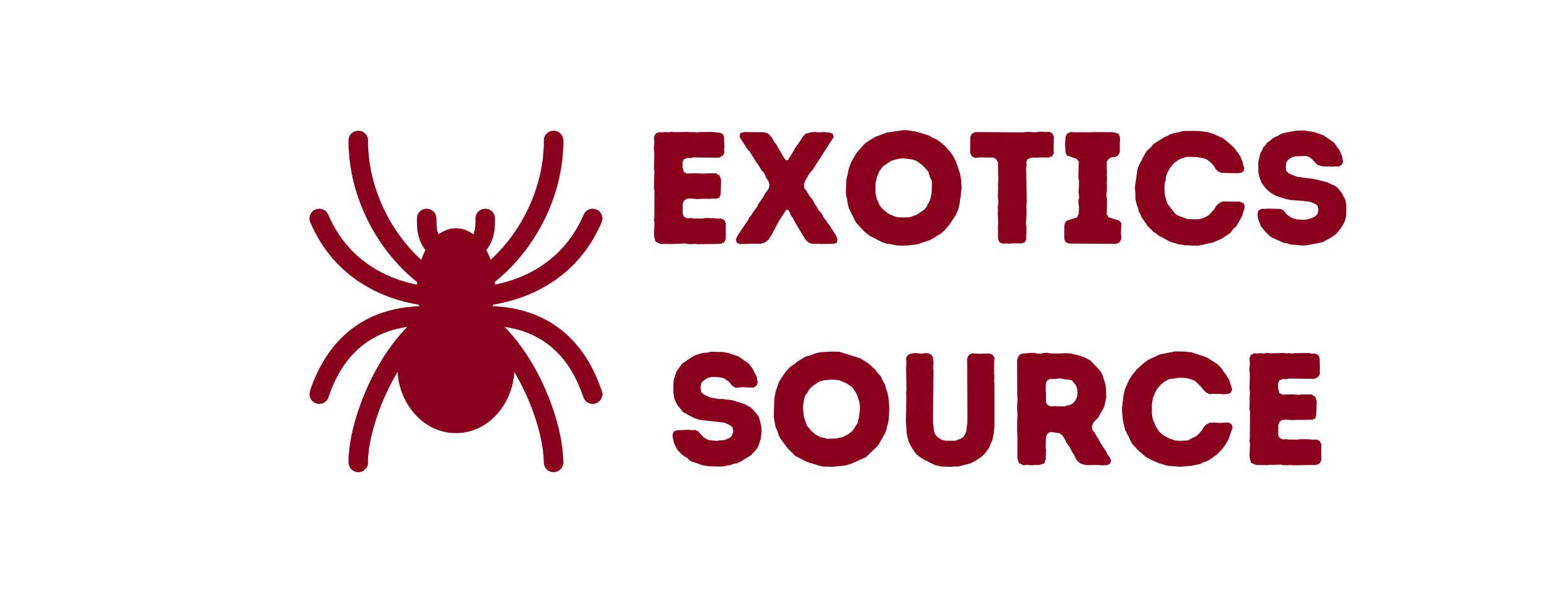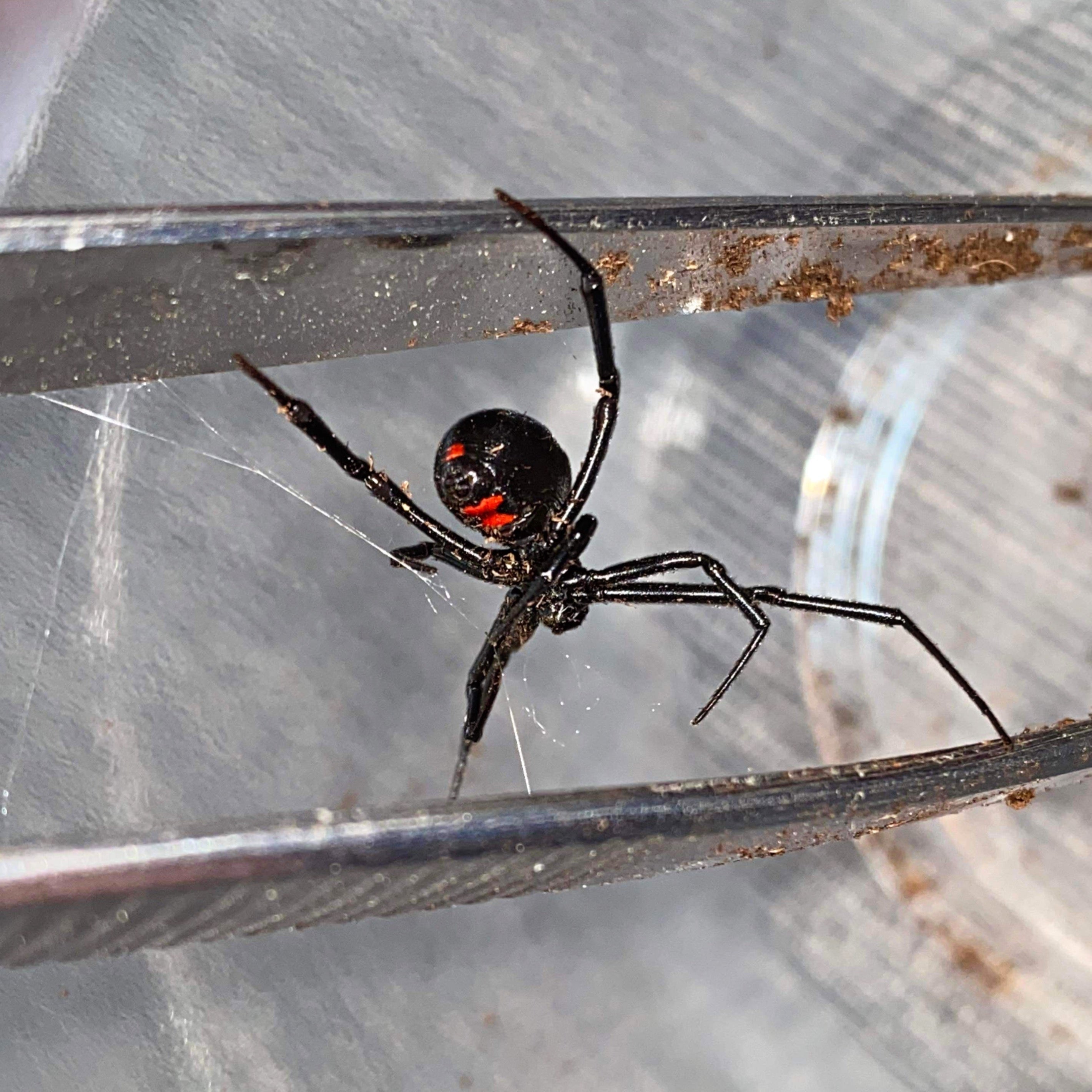If you’ve spent any time in the world of exotic pets, you’ve likely come across the term bioactive enclosure. More than just a visually stunning terrarium, a bioactive setup mimics the balance and complexity of real ecosystems. It’s alive—with plants, soil, and a tiny cleanup crew working behind the scenes to keep the environment healthy and thriving.
But what exactly is a bioactive enclosure, how do you build one, and is it right for your animal? Let’s explore the layers—literally and figuratively—of this naturalistic approach to keeping reptiles, amphibians, and invertebrates.

What Is a Bioactive Enclosure?
A bioactive enclosure is a living, self-sustaining habitat where natural processes help break down waste, maintain humidity, and support plant life. It’s designed to replicate nature as closely as possible—complete with live plants, microorganisms, and tiny decomposers like isopods and springtails that form a living cleanup crew.
Unlike traditional enclosures, where the keeper manually removes waste and replaces substrate regularly, a bioactive system recycles waste into nutrients. The result is a healthier, more enriching environment for your pet—and less maintenance for you once it’s established.
How to Make a Bioactive Enclosure: The Foundation of Function
Building a successful bioactive habitat starts with the right foundation. You don’t just throw dirt in a tank and call it a day. Each layer plays a critical role in the ecosystem.
At the base, you’ll need a drainage layer—typically made from LECA (lightweight expanded clay aggregate) or other inert media—to prevent water from pooling in the substrate and causing rot. This layer helps maintain the humidity gradient and allows excess water to drain safely.
On top of that sits a substrate barrier, like a mesh screen, to separate the drainage layer from the soil above. Then comes your bioactive substrate mix, often a blend of coconut fiber, sphagnum moss, organic topsoil, orchid bark, and charcoal. This mix retains moisture, allows root growth, and provides a thriving home for beneficial microfauna.
Once your base is in place, it’s time to add your cleanup crew—usually a combination of springtails and isopods. These tiny invertebrates consume mold, decaying plant matter, and feces, converting waste into usable nutrients for plants.
Finally, you’ll decorate with live plants, cork bark, leaf litter, rocks, and climbing elements, depending on the animal’s needs. Lighting and heating elements must also match the species’ native environment to support plant growth and animal health.

Safe Plants for Bioactive Setups
Choosing the right plants is critical—not only do they need to thrive in your enclosure’s conditions, but they also must be non-toxic to your pet. Here are a few widely trusted options:
Pothos is a hardy vining plant that grows quickly and tolerates a wide range of humidity and light levels.
Spider plants are compact, low-maintenance, and safe for most reptiles and amphibians.
Bromeliads offer tropical flair and retain water in their leaf cups, which some animals will drink from.
Peperomia, ficus, and philodendron species also work well, as long as they match your tank’s humidity and temperature requirements.
Live moss, particularly sheet moss and sphagnum moss, helps maintain humidity while creating a lush forest-floor feel.
Before adding any plant, always research its safety for your specific animal and avoid anything treated with pesticides or fertilizers.
Animals That Thrive in Bioactive Enclosures
Not every animal is a good candidate for a bioactive setup, but many reptiles, amphibians, and invertebrates thrive in them. Tree frogs, dart frogs, and day geckos are some of the most common bioactive residents thanks to their need for high humidity and interaction with plants. Crested geckos and gargoyle geckos also do well, especially in vertically-oriented terrariums filled with climbing branches and foliage.
Many terrestrial reptiles can also thrive in bioactive environments. Leopard geckos, for example, do surprisingly well in arid bioactive setups with succulents, sandy soil blends, and burrow-friendly elements. Ball pythons, corn snakes, and even some species of skinks can enjoy the enrichment and humidity regulation that bioactive systems provide.
Even tarantulas and millipedes benefit from a bioactive setup when tailored to their specific needs—though it’s important to note that cleanup crews may be eaten in the process.
Pros of Bioactive Enclosures
Bioactive habitats aren’t just pretty—they’re functional. Once established, they dramatically reduce the need for constant spot-cleaning. The natural processes within the tank work together to break down waste, reducing odor and ammonia buildup. Your pet benefits from a more enriching and stimulating environment, complete with climbing structures, natural textures, and visual barriers that reduce stress.
The live plants also help stabilize humidity levels, oxygenate the air, and visually transform the tank into a lush, thriving ecosystem. If you love the idea of bringing a slice of the jungle or desert into your home, a bioactive enclosure is as close to nature as it gets.

Cons and Considerations
While the payoff is rewarding, bioactive setups take time, effort, and planning. They require a longer “cycling” period before adding your animal, during which microfauna populations stabilize and plants take root. That can mean weeks of waiting before the enclosure is ready.
They can also be expensive to start. Between drainage materials, substrate, live plants, lighting, and a cleanup crew, costs can add up quickly. Additionally, while maintenance is reduced in the long run, it’s not eliminated entirely. You’ll need to prune plants, occasionally supplement your cleanup crew, and monitor soil moisture and decomposition rates.
Another factor is control. In a sterile enclosure, you know exactly what’s going on. In a bioactive setup, you’re letting nature take the wheel—and that can sometimes mean unexpected mushrooms, mold blooms, or hitchhiking insects that sneak in with plants or substrate.
In Conclusion: A Living World Worth Building
A bioactive enclosure is more than just a tank—it’s a dynamic, evolving ecosystem that brings natural beauty and function into your home. Whether you’re creating a rainforest microhabitat for your tree frog or a dry, rocky terrain for your desert gecko, a well-designed bioactive setup benefits both keeper and creature.
It takes time, knowledge, and a little patience—but the result is a living work of art that offers continuous enrichment for your pet and a fascinating slice of wilderness for you to admire. If you’re ready to turn your terrarium into a thriving world of its own, bioactive might just be the path for you.




Leave a comment
This site is protected by hCaptcha and the hCaptcha Privacy Policy and Terms of Service apply.